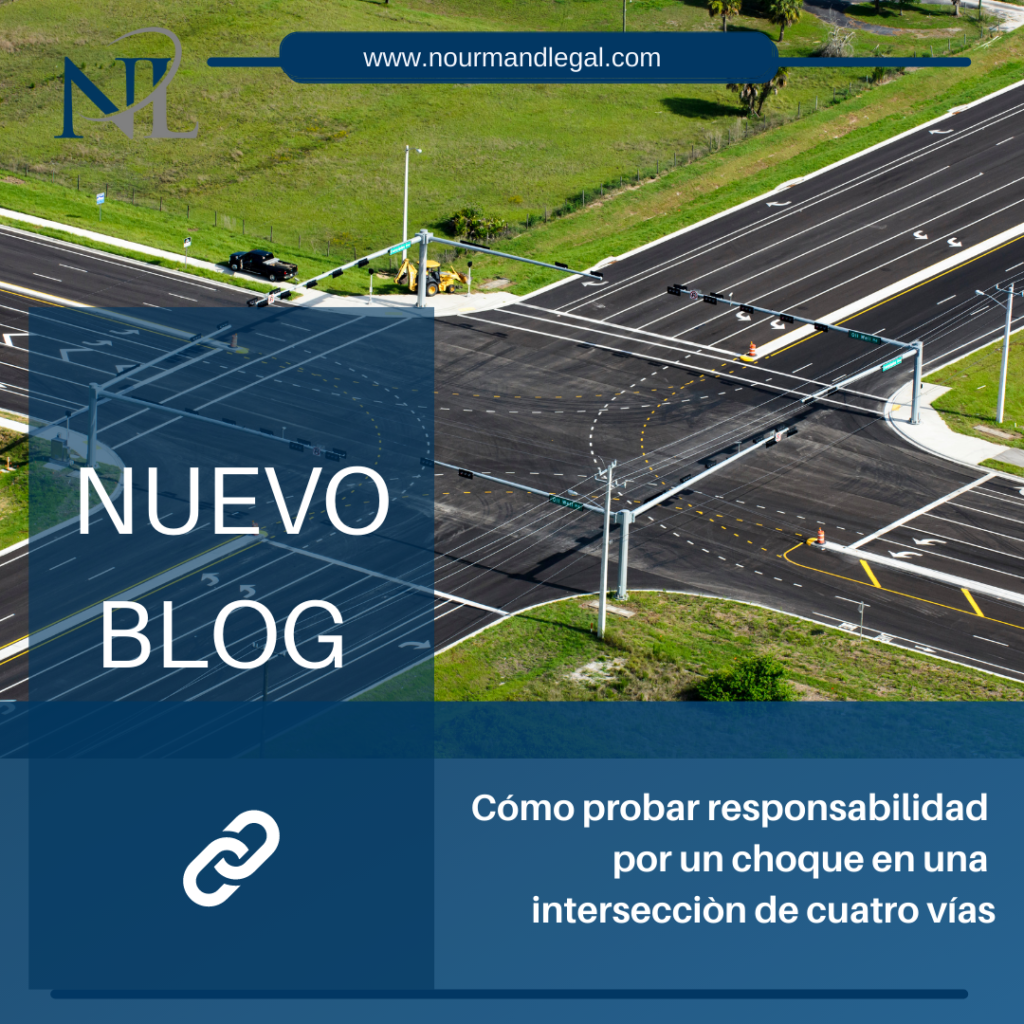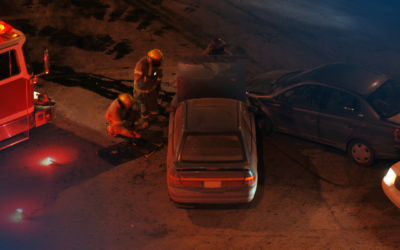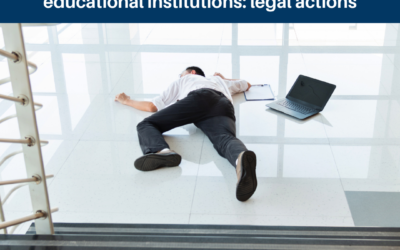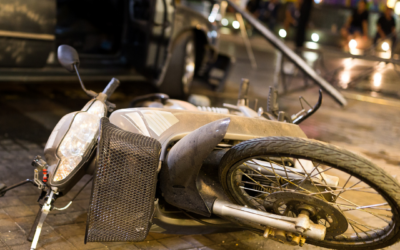How to Prove Liability for a Crash at a Four-Way Stop
Accidents that occur at four-way intersections can be some of the most dangerous traffic accidents. These intersections can be confusing to many drivers; however, not knowing how to use them can, or not respecting traffic rules can cause accidents.
According to studies conducted by the Insurance Institute for Highway Safety, 70% of car crashes are due to failure to obey a stop sign. And in 30% of these accidents drivers, passengers, and/or pedestrians, resulting in injuries ranging from mild to severe.
However, there are times when determining fault in these types of accidents is not that simple, and this is an essential part of filing a personal injury claim.
Here are some tips and rules to follow that can help determine who was at fault for the accident at such an intersection.
1. Right of way. It is important to know who has the right of way at a four-way intersection. In general, the first rule that is followed is that the first car that arrives at said intersection is the first that has the right to start moving as long as it is done with caution. Pay attention to the order in which the vehicles arrive.
2. The car to your right of you is the one with the right of way. In the event that one or more cars arrive at the intersection at the same time, the first driver on the far right is the one who can go first. If there is a driver on your left, then you have the right of way.
3. The driver traveling in a straight line has the right of way. If you and another driver arrive at the same time, and they are right in front of you, it is important to determine who will be traveling in a straight line at the intersection. The driver traveling in a straight line has the right of way; however, the two could also move forward at the same time, if you do it carefully and there is no risk of a collision.
4. The principal who wishes to turn right has the right of way. Again, if two cars arrive at the same time, but one driver intends to turn left and the other intends to turn right, the right-turning driver has the right of way.
It is important that you know these rules when driving through an intersection. If you are involved in an accident like this, call us as soon as possible. We will help you determine the fault of the accident, and we will do everything possible to help you.



